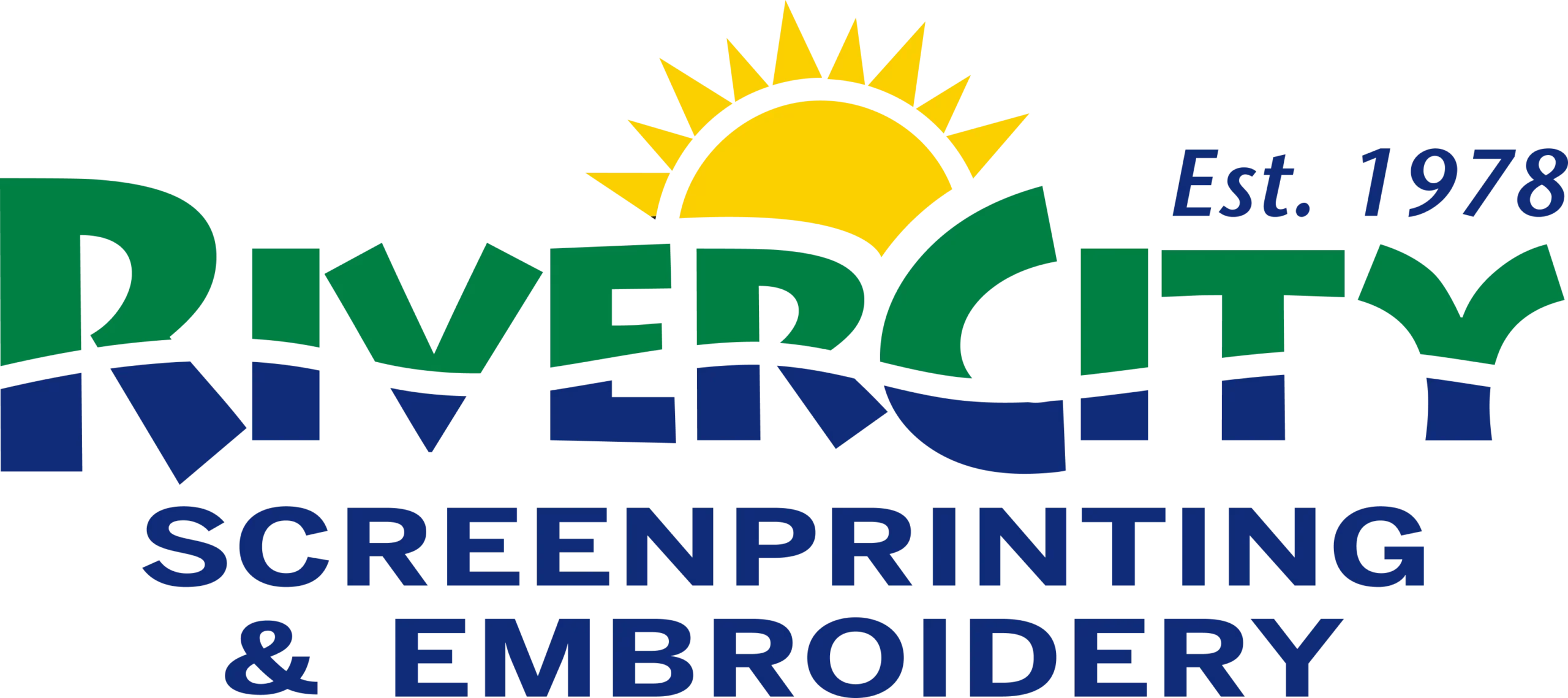The total cost of your screen-printing order can include various factors, depending on the screen-printing shop you order from. However these factors vary, it can be calculated using a simple formula—total all the expenses and divide by the number of prints.
Many companies and printers use a different system to calculate the cost of your order. Here are some ways how the cost of your screen-printing order is calculated.
1. Hourly Rate
Most printers charge per hour for their services. This is a suitable method if you are looking for a basic color print, like black and white. When printing in full color, you need to consider the cost of the other aspects of your job, such as the prepress, inks or paper. But according to many publishing professionals, the hourly rate is still a good method.
This is where most companies set their prices. This is an excellent way to go if you order 100 shirts without any complicated details. Remember that you can pay more if your job takes longer to print than expected.
2. Margin or Percentage
You can also pay a predetermined margin, typically between 10% and 25%, or a flat price for your printing job. A printer may charge based on the number of colors used, the number printed, and set-up costs (setting up the screens and plates). This type of cost is typically reserved for larger orders such as booklets, trade show materials, or posters.
3. Flat Price
If your order is smaller, a flat price may be your best option. These are typically printed in full color and offer high quality. Many companies use this method, and they can often call it a “traditional offset printing offset.” This design is usually done on special coated metallic material, giving it a soft sheen.
4. Per Square Inch
This is a simple method to calculate the cost of your screen-printing order. This method is usually reserved for smaller jobs, such as single or double-sided business cards and letterhead printing. A printer will charge you based on the total number of square inches printed in CMYK/PMS color inks.
You can also break it down by ink colors with a price per color per inch. Factoring paper size into the equation can help you determine exact costs, especially if you opt for a matte coating or require rounded corners to be applied to your printing job.
5. Weight
When it comes to screen printing, you have a couple of options regarding the weight of your shirt or business card. You can have a shirt screen printed in one ink color and your printed logo in another ink color.
This button-down shirt would be double-sided, and you would need to add a minimum of 10 pounds per side for extra labor. A double-sided business card needs at least 13″ without pinning, functioning as two cards instead of one; this requires a minimum of 14 pounds per side.
Get Your San Antonio Screenprinting Estimate Today
We specialize in providing top-quality San Antonio screen printing and embroidery services, tailored to meet your unique needs and budget. Whether you’re looking to create t-shirts for an event, promotional merchandise for your business, or personalized apparel for a special occasion, our team is here to help.
Contact us today for a comprehensive San Antonio custom t-shirt estimate and let us bring your vision to life with precision, quality, and affordability.

